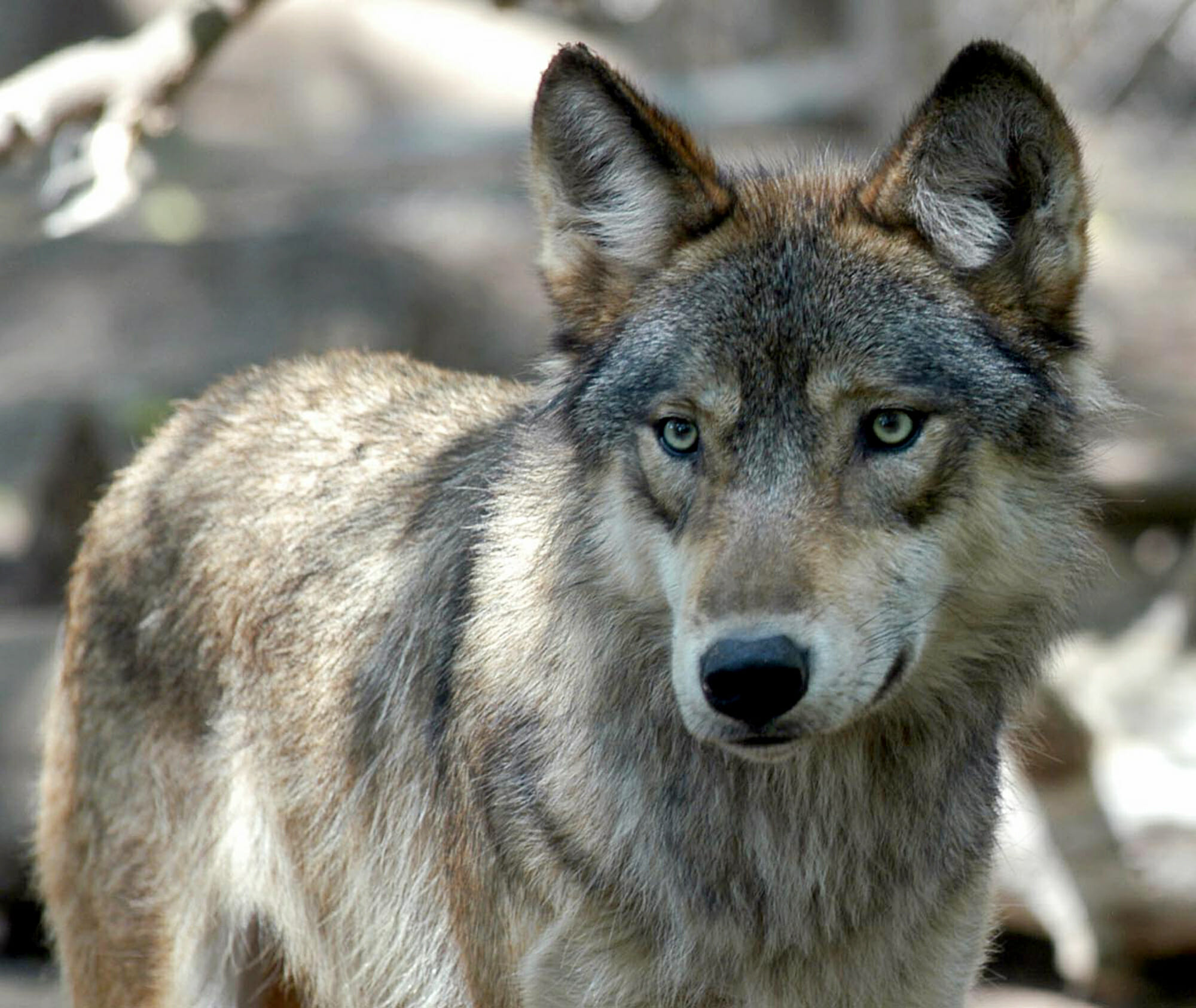
Scientists find flaws in plan to lift US wolf protections
BILLINGS, Mont. (AP) — Scientists tasked with reviewing government plans to lift protections for gray wolves across most of the U.S. said in a report released Friday that the proposal has numerous factual errors and other problems.
The five-member scientific panel’s conclusions were detailed in a 245-page report delivered to the U.S. Fish and Wildlife Service.
One reviewer said the U.S. Fish and Wildlife Service appeared to have come to a pre-determined conclusion, not supported by its own science, that wolves should come off the endangered species list.
“It looks like they decided to delist and then they compiled all the evidence that they thought supported that decision. It simply doesn’t support the decision,” said Adrian Treves, an environmental studies professor at the University of Wisconsin.
Treves said a chief concern is poaching: Without protections, illegal killings of wolves could rise, he said.
The findings could undercut the government’s contention that gray wolves across the Lower 48 have recovered from near extermination.
Federal officials have been under increasing pressure to put wolves under state management, which is already the case in parts of the Northern Rockies where hunting and trapping of the animals is allowed.
Prohibitions on hunting elsewhere have fueled resentment against wolves among livestock owners who must deal with attacks by the predators. Also, some hunters see wolves as competition for big game animals.
After being nearly wiped out in the Lower 48 early last century, more than 6,000 gray wolves now live in portions of nine states. The decades-long, government-sponsored recovery effort for the animals has cost roughly $160 million.
Yet gray wolves remain absent from most of their historical range. Critics of lifting protections say the move would be premature and worry that more hunting will reverse the species’ rebound.
Wildlife service spokeswoman Vanessa Kauffman said officials were still going over the scientific report and had no immediate response.
Members of the review panel questioned the agency’s treatment of a basic issue: whether gray wolves in the Lower 48 states are biologically the same or consist of more than one species.
Daniel MacNulty, an associate professor at Utah State University, said the proposed rule had “demonstrable errors of fact, interpretation, and logic” and its description of where wolves presently range is fuzzy.
Five years ago, a similar report helped convince federal officials to temporarily shelve plans to lift wolf protections. That report, too, questioned the science used by federal officials.
___
Flesher reported from Traverse City, Michigan.
___
Follow Matthew Brown at https://twitter.com/matthewbrownap and John Flesher at http://www.twitter.com/johnflesher
The Western Journal has not reviewed this Associated Press story prior to publication. Therefore, it may contain editorial bias or may in some other way not meet our normal editorial standards. It is provided to our readers as a service from The Western Journal.
Truth and Accuracy
We are committed to truth and accuracy in all of our journalism. Read our editorial standards.
Advertise with The Western Journal and reach millions of highly engaged readers, while supporting our work. Advertise Today.












